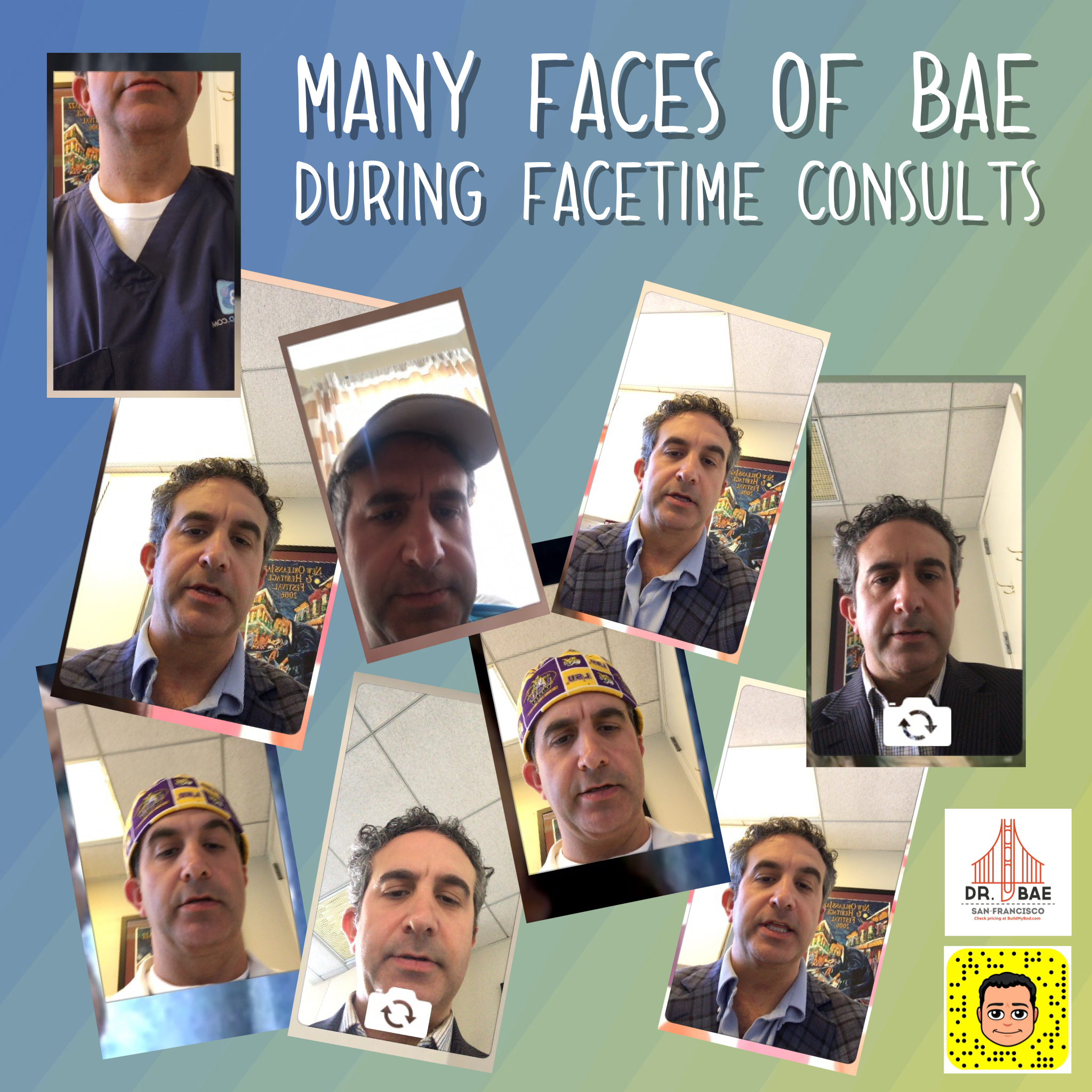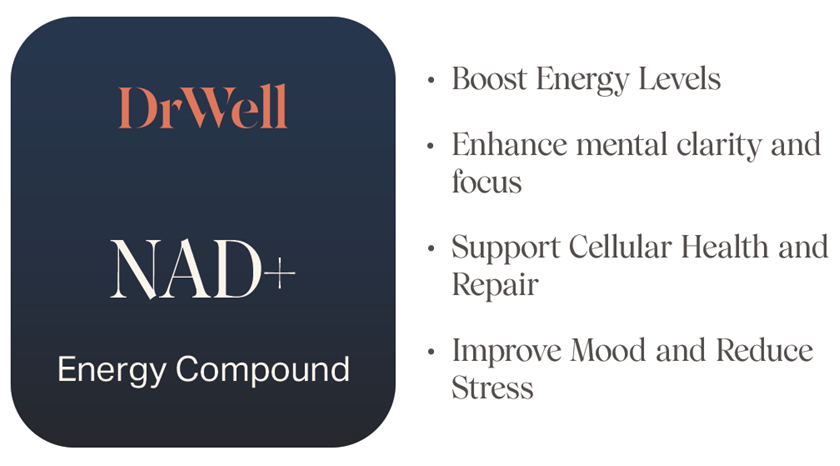
With broadband internet capabilities and smartphones, it’s so easy to see a patient now. Skype used to be a mainstay for online consults. But with the seamless incorporation of FaceTime video into your iPhone, it’s never been easier. There’s really no reason a patient can’t see their doctor now. I recognize there’s still a need to “place your hands on a patient” in some circumstances but there’s a place for telemedicine. Most importantly, it doesn’t require a huge investment in infrastructure like it used to.
FaceTime Consults
In my practice, we routinely see cosmetic consults via FaceTime. In its characteristic way, FaceTime displays the patient full screen and the doctor (me) appears in the top right corner of the phone. See the different faces of “Bae” (my nom de social media) above! All of the “faces” have one thing in common: focused concentration on the patient.
The resolution of the image is good enough to evaluate a patient considering cosmetic surgery. The camera may leave a bit to be desired if a dermatologist is evaluating a skin lesion but that usually can be resolved with a hi res photo texted to the doctor.
Doctors should be taking advantage of these technological advances to create a better experience for themselves and their patients. Concerns of HIPAA are legitimate but sometimes overblown. When a patient agrees to a FaceTime consult, my office emails them paperwork stating that the transmission could be subject to a hack, but not likely. Thus far, they always accept the risk. Video via FaceTime seems to have better encryption mechanisms.
FaceTime Encryption
According to Apple, FaceTime uses end-to-end encryption:
“FaceTime uses Internet Connectivity Establishment (ICE) to establish a peer-to-peer connection between devices. Using Session Initiation Protocol (SIP) messages, the devices verify their identity certificates and establish a shared secret for each session. The cryptographic nonces supplied by each device are combined to salt keys for each of the media channels, which are streamed via Secure Real Time Protocol (SRTP) using AES-256 encryption.”
Ignoring the very technical language, FaceTime consults are fairly secure from a physician-patient confidentiality perspective. So overcome your fears as both a patient and a doctor and jump into the 21st century with both feet!
Check out these other ways to jump into the 21st century by furthering the doctor-patient relationship.




